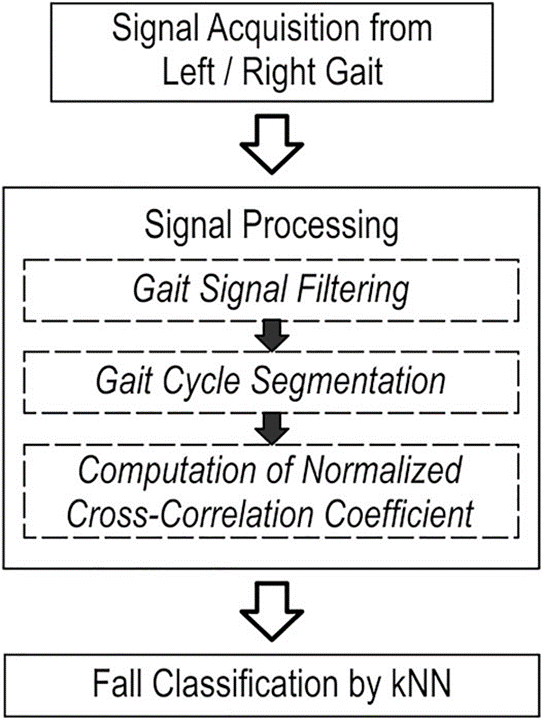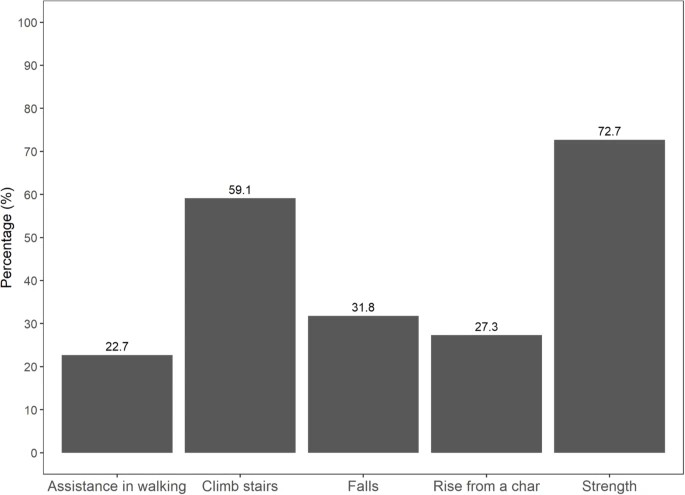Instrumental Gait Analysis for Sarcopenia and Fall Prevention
Lin-Chieh Hsu, Doctor, Dept. of Rehabilitation Medicine
Wei-Chih Lien, Doctor/Clinical Associate Professor , Dept. of Rehabilitation Medicine
Chien-Yao Sun, Doctor/Clinical Associate Professor , Dept. of Chronic Diseases Integrated Care
As the aging population grows, sarcopenia and gait abnormalities have become critical factors affecting the quality of life and increasing risk among older adults. The Department of Physical Medicine and Rehabilitation and the Department of Geriatrics at Cheng Kung University Hospital(NCKUH), in collaboration with the Department of Computer Science and Information Engineering at Yunlin University of Science and Technology, have leveraged smart healthcare technology to conduct gait analysis using wearable sensors, such as triaxial accelerometers and gyroscopes. This technology provides objective and real-time gait assessments for high-risk sarcopenia patients, assisting in clinical diagnosis and fall prevention. Common complaints in sarcopenia risk assessment include reduced muscle strength, difficulty climbing stairs, and a history of falls (Figure 1) 1.
Wearable sensors can record and analyze gait parameters such as walking speed, stride length, double-support phase, and gait symmetry, combined with the 10-meter walking test to assess gait stability. Our research has shown that high-risk sarcopenia patients exhibit significant gait abnormalities, which are strongly associated with an increased risk of future falls 1.We can monitor gait changes before and after dialysis in real-time by using wearable devices, enabling medical teams to evaluate patient conditions and develop personalized rehabilitation and fall prevention strategies.
This technology helps detect gait abnormalities early, reducing the risk of future falls. For healthcare professionals, wearable sensors provide objective data to support clinical decision-making, utilizing clinically validated data analysis workflows while reducing the manpower and time required for traditional assessments (Figure 2). Additionally, this technology has the potential to be applied in remote health monitoring, improving healthcare accessibility for high-risk populations 2.
By integrating innovative healthcare technology, we can reduce the medical burden caused by falls in elderly patients, lower long-term care costs, and promote the advancement of precision medicine 2. As wearable device technology continues to evolve, this application is expected to extend to other high-risk populations, such as individuals with Parkinson’s disease and stroke, further enhancing public health on a broader scale.
Figure 1. Common complaints in sarcopenia risk evaluation: reduced muscle strength, difficulty climbing stairs, and a history of falls1.

Figure 2. Workflow for gait signal acquisition, processing, and classification. kNN, k-nearest neighbor 2.
References:
1. Sun CY, Hsu LC, Su CC, et al. Gait abnormalities and longitudinal fall risk in older patients with end-stage kidney disease and sarcopenia. BMC Geriatr. 2024;24(1):937. doi: 10.1186/s12877-024-05506-z.
2. Lien WC, Ching CT, Lai ZW, et al. Intelligent fall-risk assessment based on gait stability and symmetry among older adults using tri-axial accelerometry. Front Bioeng Biotechnol. 2022;10:887269. doi: 10.3389/fbioe.2022.887269.

